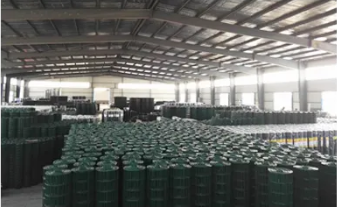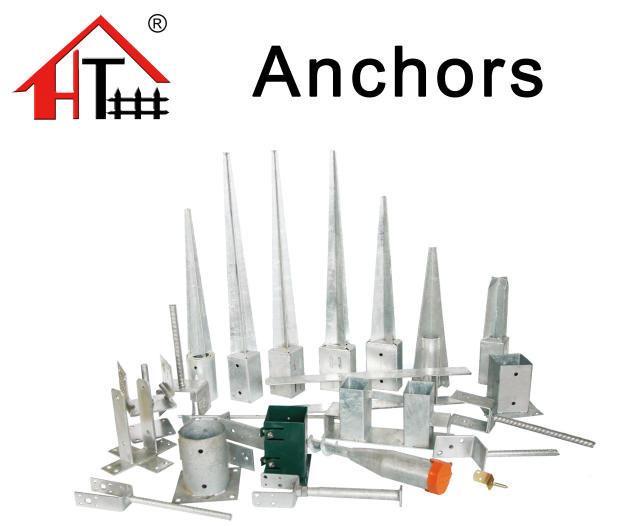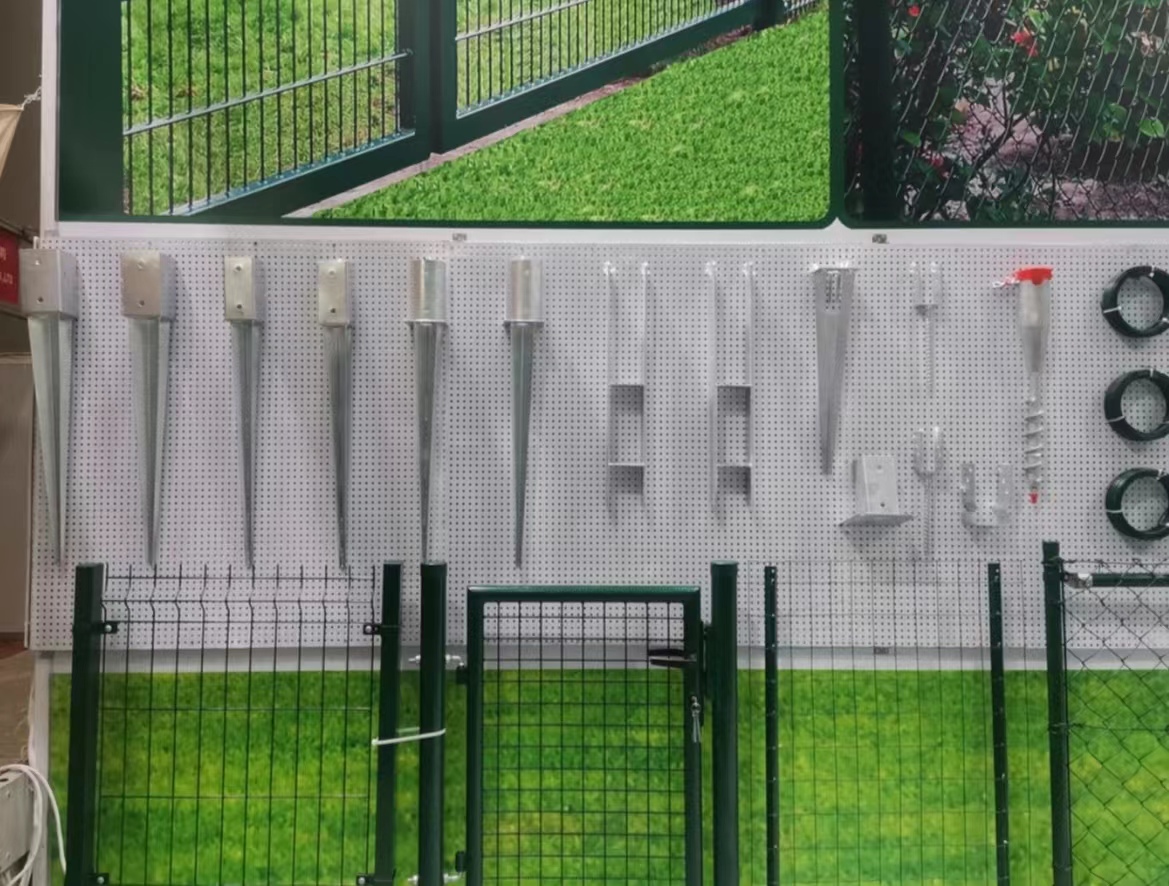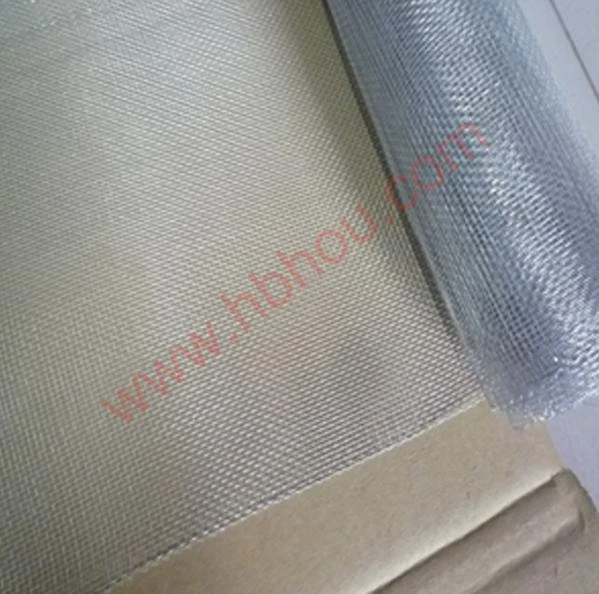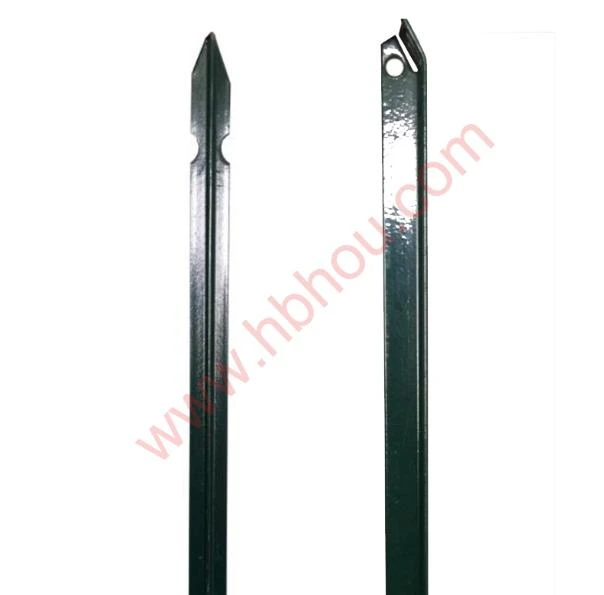Garden gates have long played a dual role in protecting and beautifying outdoor spaces. Originally designed as utilitarian barriers to safeguard gardens from animals and trespassers, they have evolved into stunning decorative features that enhance the aesthetic charm of a property. This transformation reflects shifts in architectural styles, cultural trends, and the growing importance of gardens in modern life.
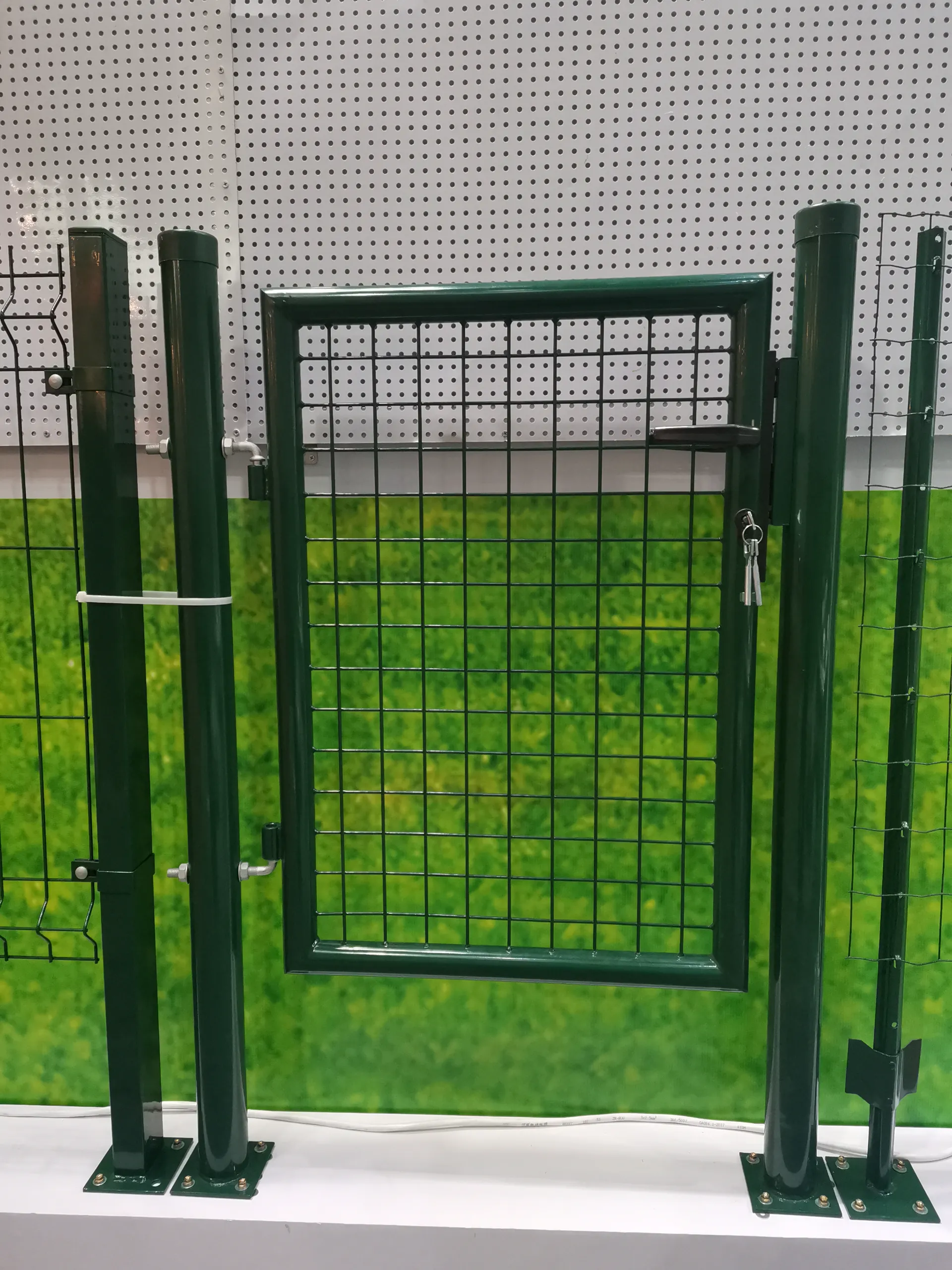
Early Functional Designs About Garden Gates
The earliest sliding garden gate were purely functional, constructed from simple materials like wood or wrought iron. These gates were designed to serve a single purpose: to protect crops and plants from external threats. Their designs were straightforward, prioritizing durability and practicality over ornamentation.
In agricultural settings, wooden gates were the standard, offering a cost-effective way to enclose land. Iron gates, more common in wealthier estates, provided greater strength and durability, particularly against larger animals. Their plain, utilitarian appearance underscored their role as barriers rather than decorative elements.
The Influence of Architecture About Garden Gates
As architectural styles evolved, heavy duty garden gate began to reflect broader design trends. During the Renaissance, gardens became symbols of wealth and sophistication, and gates followed suit. Ornate ironwork gates adorned with scrolls, patterns, and floral motifs became popular in Europe, particularly in estates and manor homes.
The Victorian era brought another wave of transformation, emphasizing elaborate decoration and intricate craftsmanship. Garden gates became statements of style and status, often complementing the ornate fences and pathways of grand gardens. Designs from this period frequently incorporated detailed ironwork, reflecting the technological advancements of the Industrial Revolution.
The Shift to Decorative Statements About Garden Gates
In the 20th century, garden gates underwent a significant shift. With the growing popularity of landscaped gardens as extensions of living spaces, gates transitioned from functional barriers to decorative focal points. Homeowners began prioritizing aesthetics, seeking gates that complemented their gardens and homes.
Art Deco and Modernist influences introduced clean lines and geometric patterns to garden gate design, offering a contrast to the highly ornate styles of earlier periods. Materials like steel and aluminum became more prevalent, providing options for sleek, minimalist gates that catered to contemporary tastes.
Modern Trends in Garden Gates
Today, garden gates are as much about style as they are about functionality. They are designed to harmonize with the surrounding landscape and architecture, blending seamlessly with garden paths, fences, and outdoor living areas.
Modern designs emphasize versatility and personalization. Homeowners can choose from a variety of materials, including sustainable options like reclaimed wood and eco-friendly composites. Customization has become a key feature, allowing gates to incorporate unique elements such as laser-cut patterns, integrated lighting, or even living plants.
Automation is another growing trend, with motorized gates offering convenience and security. Smart technology allows homeowners to control gates remotely, enhancing both functionality and modern appeal.
The Role of Cultural Influences About Garden Gates
Cultural traditions have also shaped the evolution of garden gates. In Asia, for example, traditional gates often feature symbolic motifs and architectural elements that reflect spiritual or philosophical values. Japanese torii gates, often used at garden entrances, signify the transition to a sacred space, blending seamlessly with Zen-inspired landscapes.
In Mediterranean regions, gates crafted from wrought iron or wood are often adorned with floral and vine patterns, reflecting the natural beauty of their surroundings. These cultural influences continue to inspire modern gate designs, adding a sense of history and character to contemporary gardens.
Blending Functionality with Art About Garden Gates
The modern garden gate is a testament to the fusion of practicality and artistic expression. While gates still serve as protective barriers, they are also viewed as opportunities to enhance the garden's visual appeal. Designers focus on creating gates that balance security with beauty, ensuring they complement the overall landscape.
Homeowners can now incorporate personalized details, such as engraved initials, family crests, or thematic elements, to make their garden gates unique. The use of technology and sustainable materials further enhances their appeal, ensuring that today’s gates meet both functional and aesthetic demands.









